Life, Liberty, and the Pursuit of…

Excellence.
I’ve mused how the lowly pencil can be revealing of what kind of quality its user produces. If the pencil gets sharpened shorter and shorter while the eraser stays long and square, it means the user doesn’t have many mistakes to correct. While, of course, a pencil that’s still too long, yet has its eraser worn down to nothing would imply very little is produced before it must be corrected by erasing!
I’ve often told my Communication Design seniors, about to embark upon their professional careers, that there’ll not always be immediate supervisors who’ll control their accuracy and quality: they’ll be their own quality control. Add the pressure many jobs have to work quickly, and you often have a climate that bends toward compromising the accuracy and quality in order to get the job done fast. And, think about the education profession where there’s much autonomy and the product is only as good as the chooses to make it each year.
The Japanese, who learned U.S. lessons about quality control after the Second World War, find that workers favorably identifying with the product they produce can help immeasurably to create an accurate and quality item with zero defects. We in art professions should have little difficulty identifying with our products!
Ah, speed and accuracy. Good goals to attain whether you’re on the pit crew at Indy or in the bullpen in Philly. Strive to have your pencils get short while their erasers stay long.
The Old School Tie


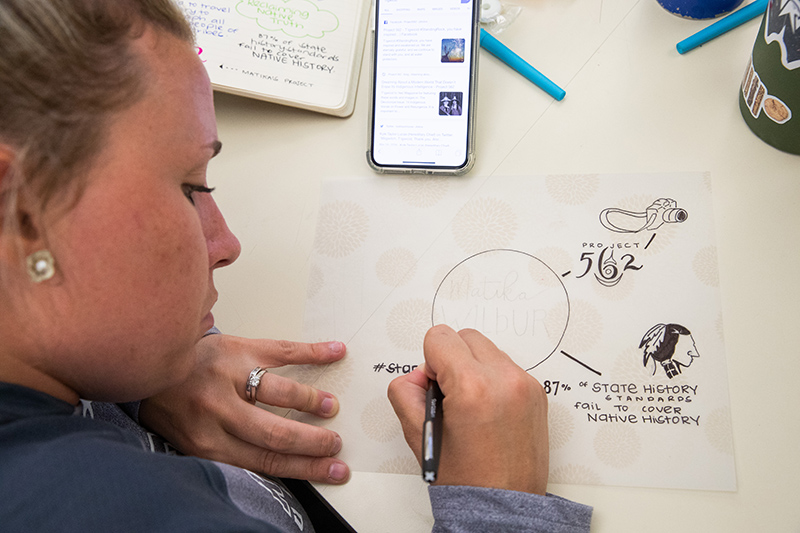

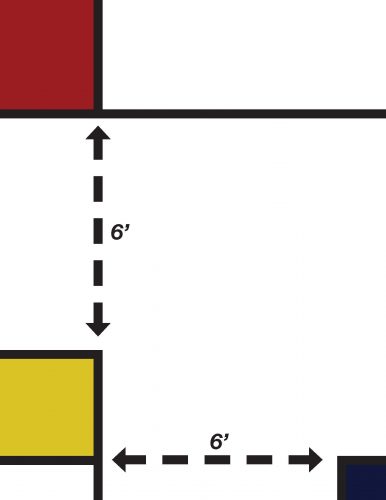

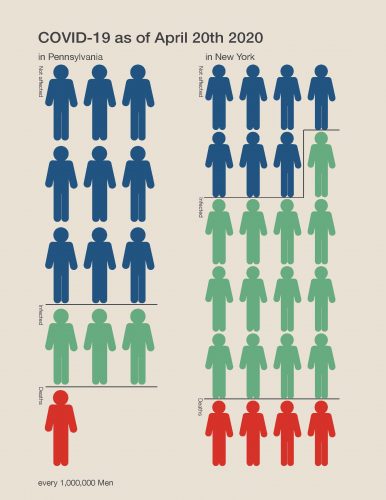
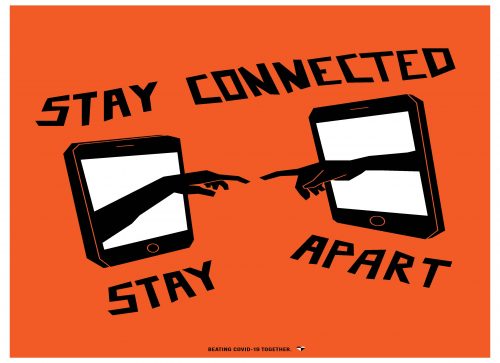


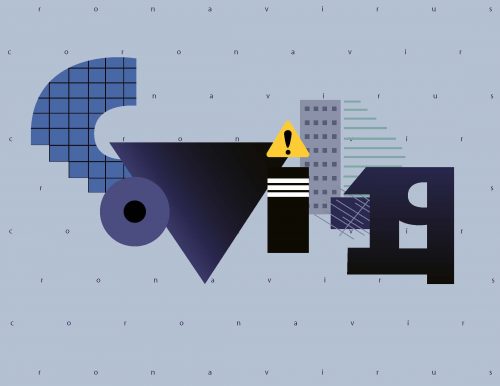
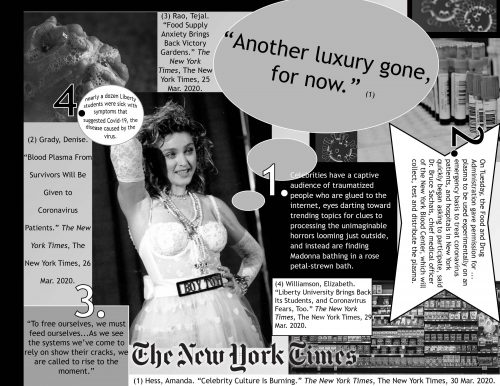
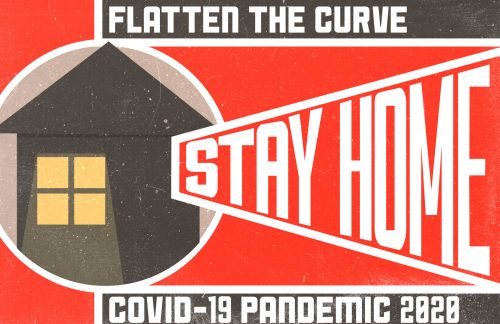
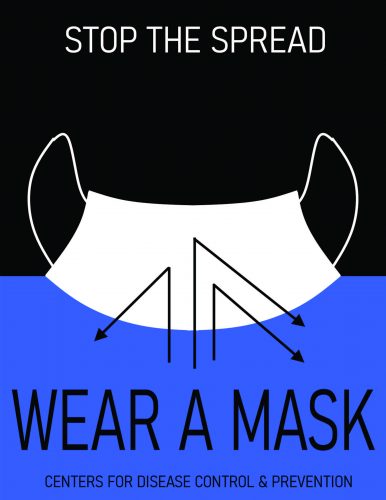

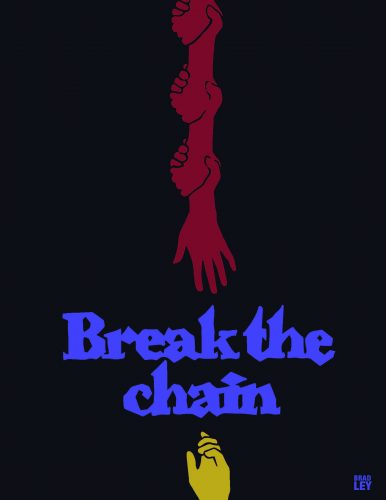

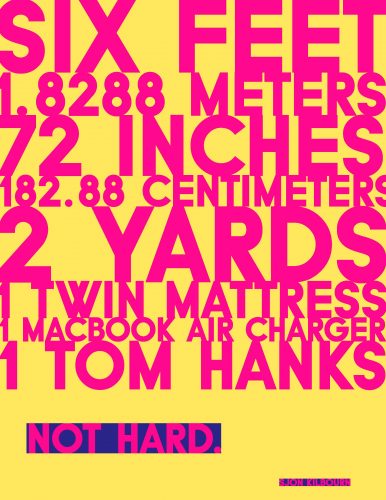
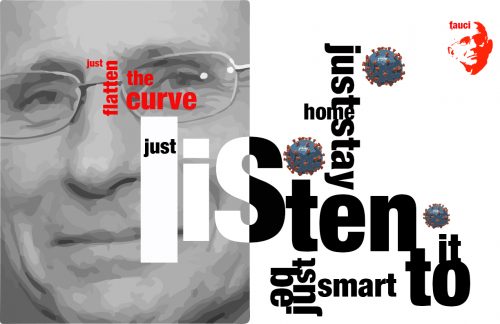


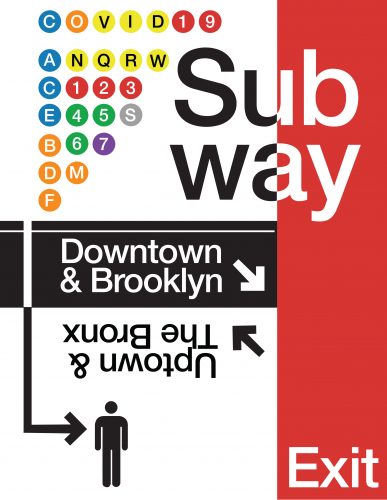
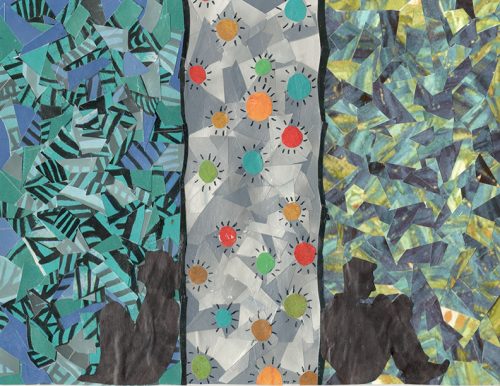
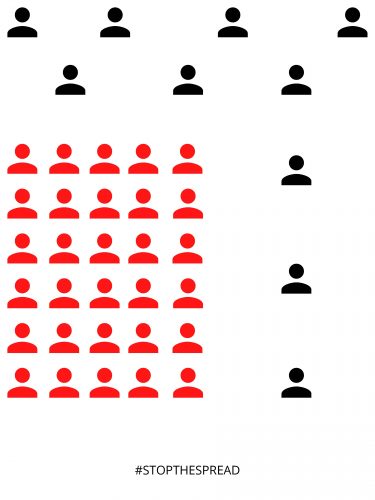
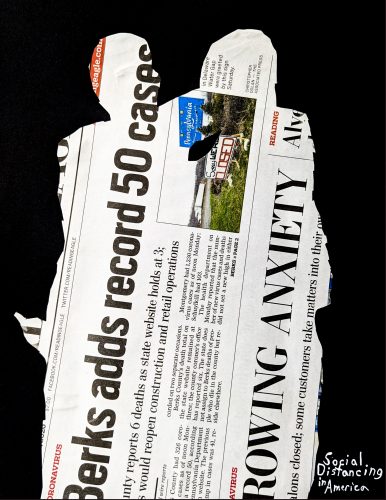


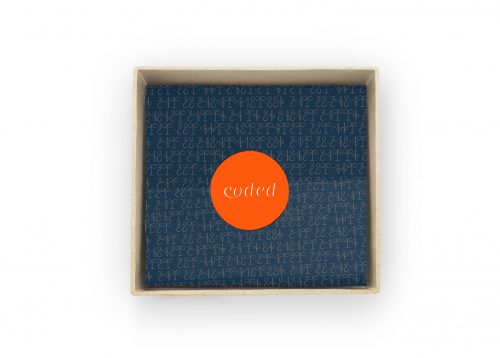









You must be logged in to post a comment.